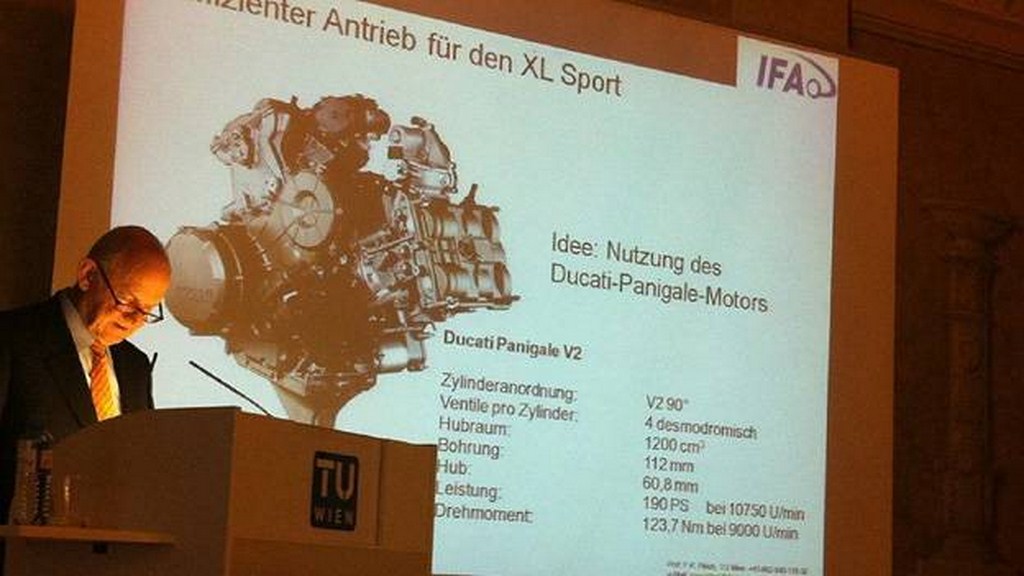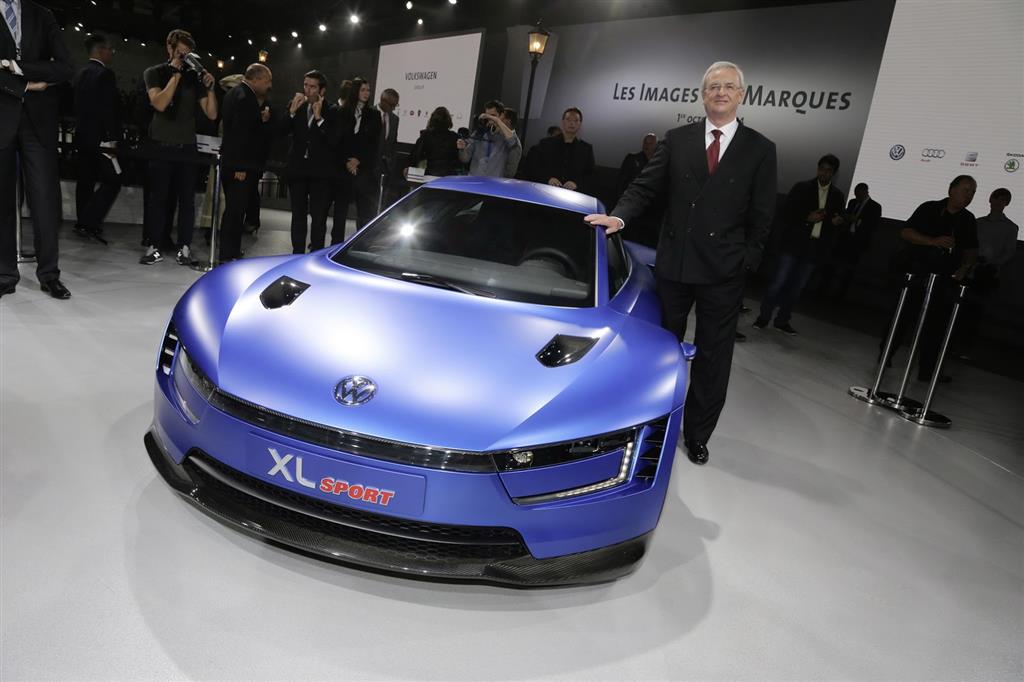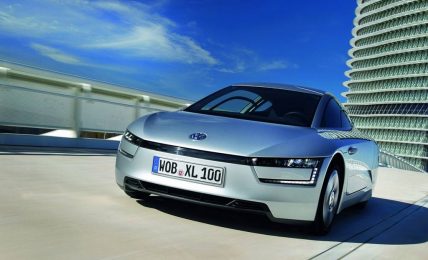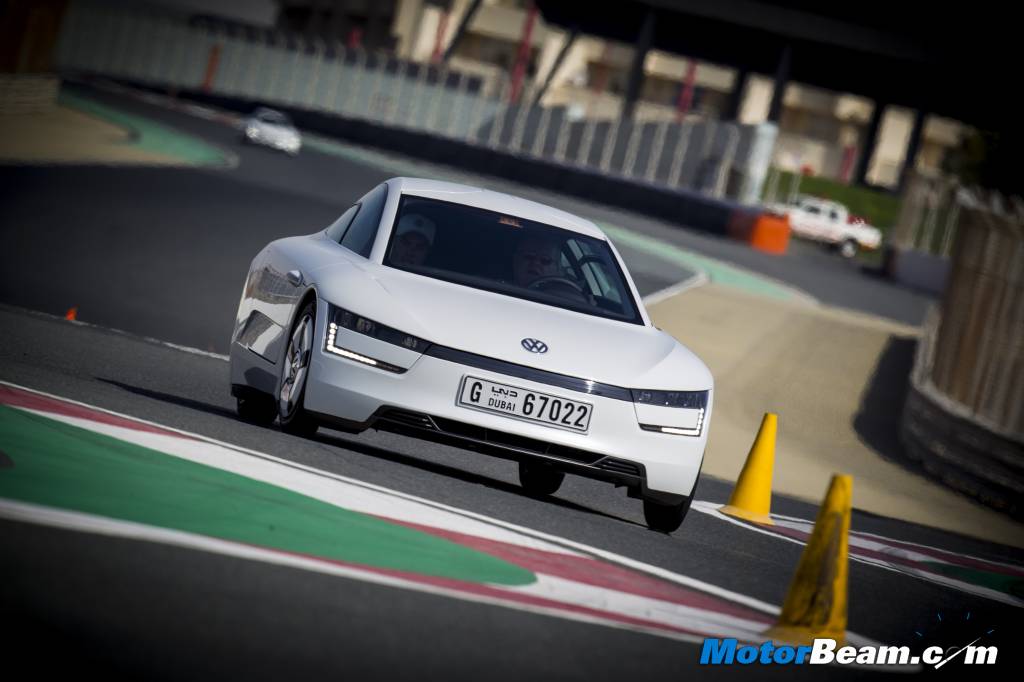
2014 Volkswagen XL1 Review
Car Tested: 2014 Volkswagen XL1
Price OTR Mumbai: Rs. 2 crore (est.)
The 2014 Volkswagen XL1 brings together efficient technology in a futuristic looking car
It’s not every day that you are introduced to what not only is a genuine technological milestone in motoring but also to what could possibly be the future mode of our daily transportation. Almost drawn from science fiction, the Volkswagen XL1 besides being the most fuel efficient production car in the planet with a fuel consumption performance of 111 km/l, it is an urban car that can actually be used. It all started when Dr. Ferdinand Piëch formulated the visionary goal of bringing to market a production car that was practical in everyday use with mandatory fuel consumption of one litre per 100 km. In the two-seat XL1, this vision has become reality. The XL 1.0-litre was presented as early as in 2002 and then in 2009. In these two versions, two occupants sat slightly offset, side by side, nearly as in a conventional vehicle.
Now, enters the 2014 XL1, which represents the third evolutionary stage of the 1.0-litre car strategy. Product designer and developers have taken the car to a new level by accomplishing several techno-creative goals. Priority jobs included optimising mass and bettering occupant placement for starters. In all 250 units will be made and 200 sold to customers worldwide. At first glance, essentially, this futuristic looking two-seater car follows pure sports car design principles – low weight, top aerodynamic profile, low centre of gravity among others.
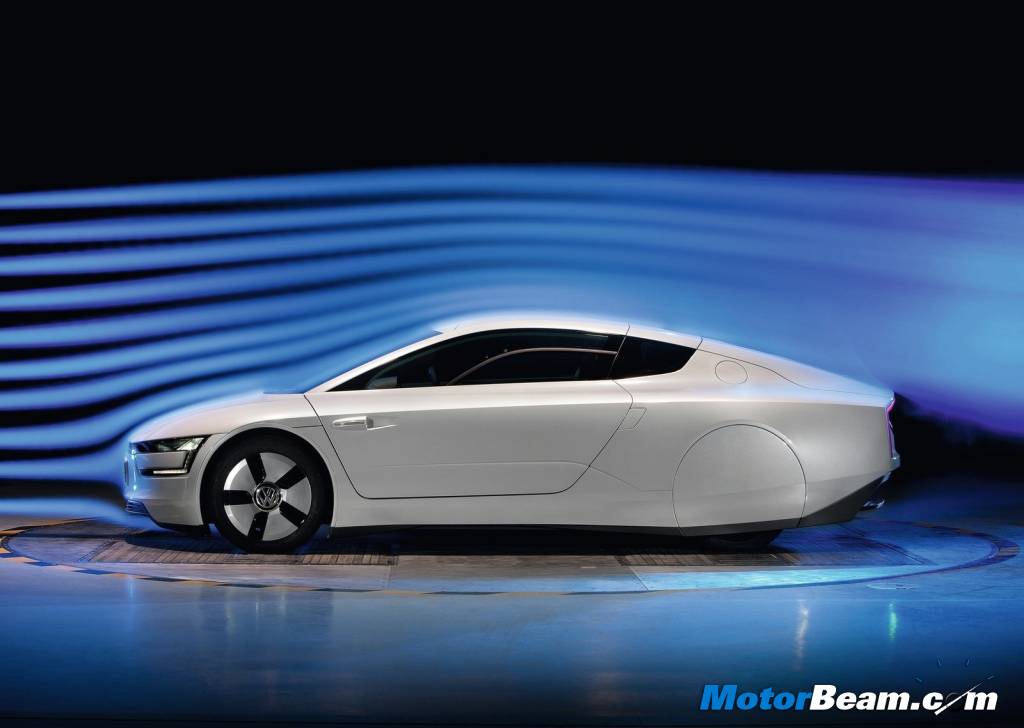
The XL1 uses advanced composites in construction which results in its low weight of 795 kgs. The package is combined with exceptional aerodynamic profile of Cd 0.189 and a low centre of gravity. In perspective, the XL1 is 3888 mm long, 1665 mm wide and 1153 mm high. In comparison, the Volkswagen Polo has a similar length (3970 mm) and width (1682 mm) but is significantly taller (1462 mm). Even Porsche’s Boxster is 129 mm taller than the XL1. In its construction, the XL1 uses newly-developed carbon-fibre reinforced polymer parts and to make the project economically viable together with suppliers, Volkswagen has developed and patented a new system for CFRP production in what is known as the aRTM process (advanced Resin Transfer Moulding). The car also uses lightweight polycarbonate instead of glass to its advantage.
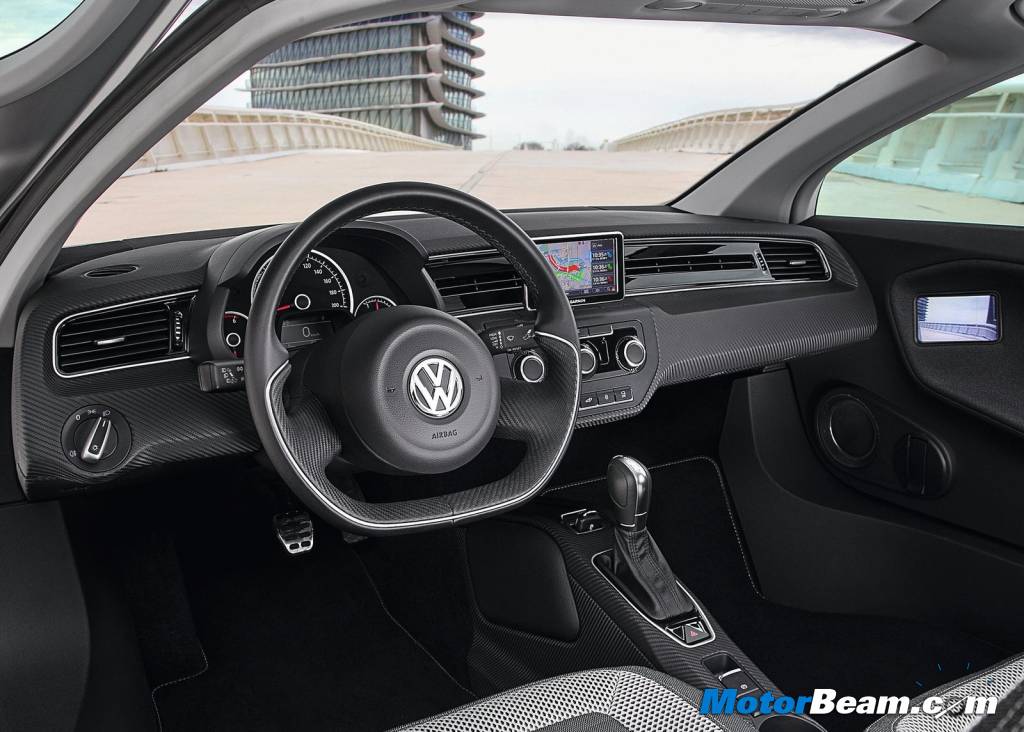
In the car there are no conventional mirrors as the rear view duties are taken care by cameras and screens which are placed in housing on the winged door. Meanwhile, the doors are designed to make it easier to enter and exit the car. And when compared to the driver and passenger seating arrangement in previous concepts which was tandem, in the XL1 it is close to a normal car as two occupants sit slightly offset, but side by side. Elsewhere, the cabin is compact and there are conventional analog instrumentation and a busy central console. Modern conveniences also include cabin air-conditioning!
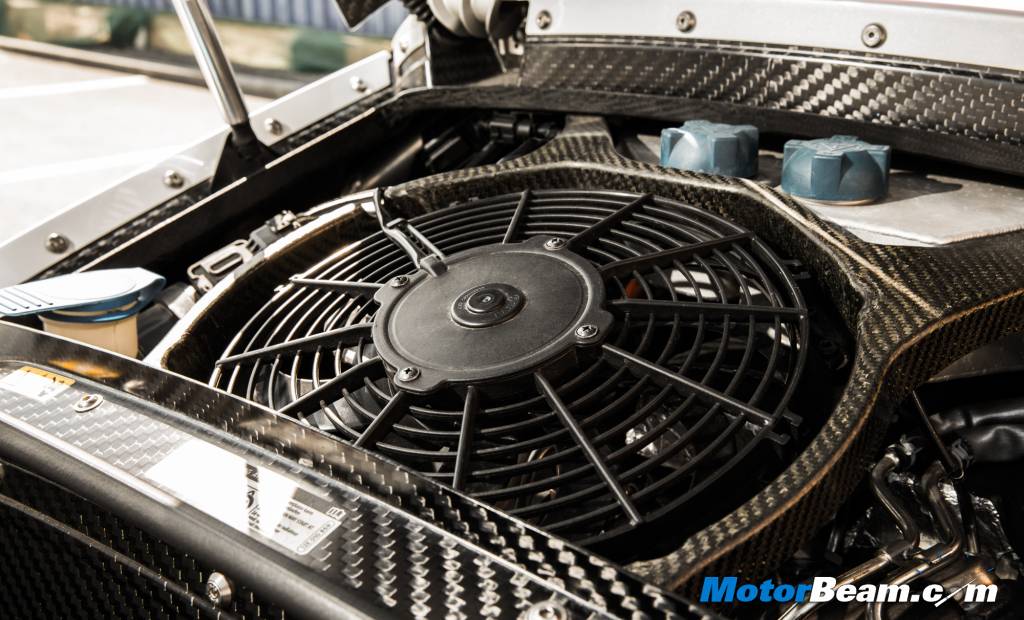
The car’s principal power source is a turbocharged 48 PS 800cc two-cylinder diesel engine which sits right behind the occupants along with other hardware. VW says that the two-cylinder TDI engine was derived from the 1.6-litre TDI, which is used to power the Golf and Passat. The 0.8 TDI exhibits the same data as the 1.6-litre TDI common rail engine in terms of cylinder spacing (88 mm), cylinder bore (79.5 mm) and stroke (80.5 mm). In addition, the engine also gets special piston recesses for multiple injection and individual orientation of the individual injection jets. The excellent, smooth running properties of the common rail engines were transferred to the two-cylinder engine. Two cooling fans are placed on top of the engine-motor combo facing upwards for ensuring thermal efficiency.
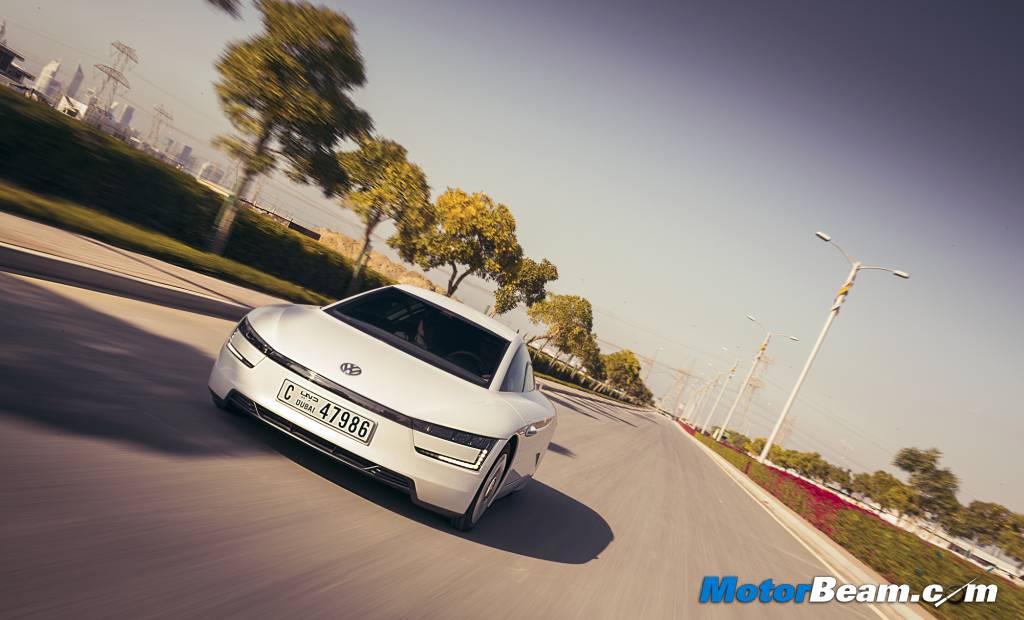
Besides the diesel motor, there are electric motors connected directly to the wheels. The E-motor which adds 27 PS to the kitty gets its energy from a lithium-ion battery pack neatly concealed in the front of the chassis. Power (all modes – diesel, electric or combined) is sent to the wheels via a 7-speed dual clutch (DSG) gearbox. Thanks to its plug-in hybrid system, the two-seater can also cover a distance of up to 50 kms in all-electric mode and therefore with zero local emissions. In terms of performance, the XL1 has a top speed of 160 km/hr and can accelerate to 100 km/hr in 12.7 seconds.
There’s a lot of software programming that has gone in involving the various drive modes, sensors and hardware. For instance, gears of the automatically shifting 7-speed DSG are also always selected with the aim of minimising energy usage. An engine controller regulates all energy flow and drive management tasks, taking into account the power demanded at any given moment by the driver. Running gear weight has been reduced with the use of aluminium parts (including suspension components, brake callipers, dampers, steering gear housing), CFRP (anti-roll bars), ceramics (brake discs) magnesium (wheels) and plastics (steering wheel body). Friction-optimised wheel bearings and drive shafts, as well as an entirely new generation of optimised low rolling resistance asymmetric tyres (115/80/R15 at the front and 145/55/R16 at the rear) are fitted in this car.
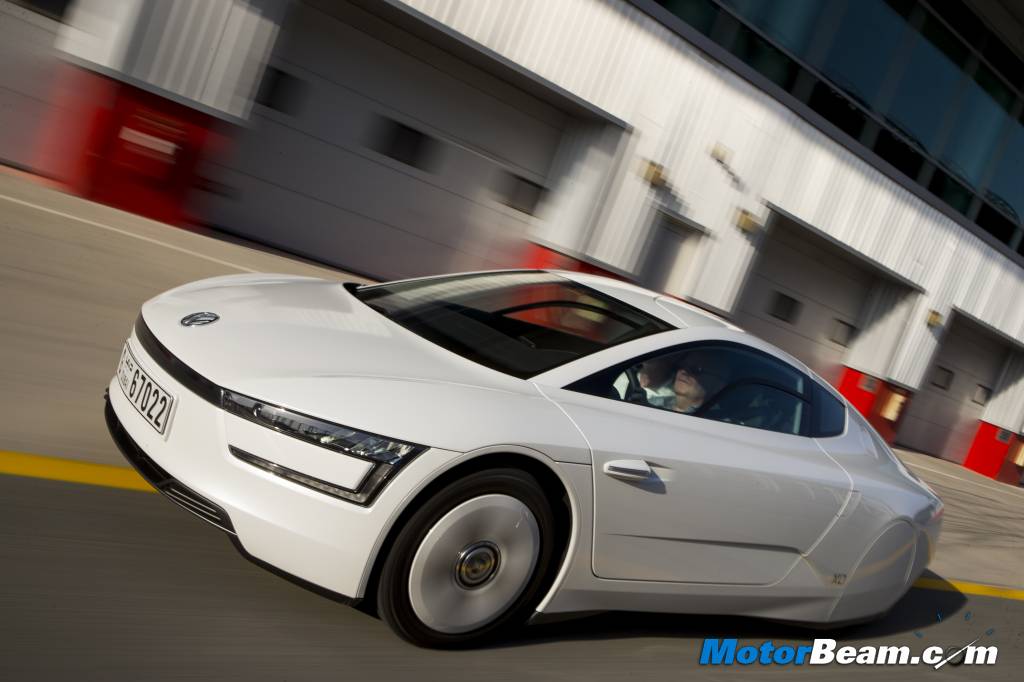
Getting in and out of the small Volkswagen XL1 isn’t very complicated as the wing doors are hinged at two points: low on the A-pillars and just above the windscreen in the roof frame, so they do not just swivel upwards, but move out slightly forward as well. The doors also extend far into the roof and hence offer extra head room to manoeuvre. Once settled in the cabin, the outward view is like that from the interior of a low slung Lamborghini Gallardo Spyder, except that the car is long and wide as a stock Polo. An indicator at the bottom of the central speedometer simply reads “READY.” Pull the lever of the automatic shifter to “D,” and push the accelerator and the electric motor integrated into the gearbox gently whirs like a home blender, and the XL1 moves off.
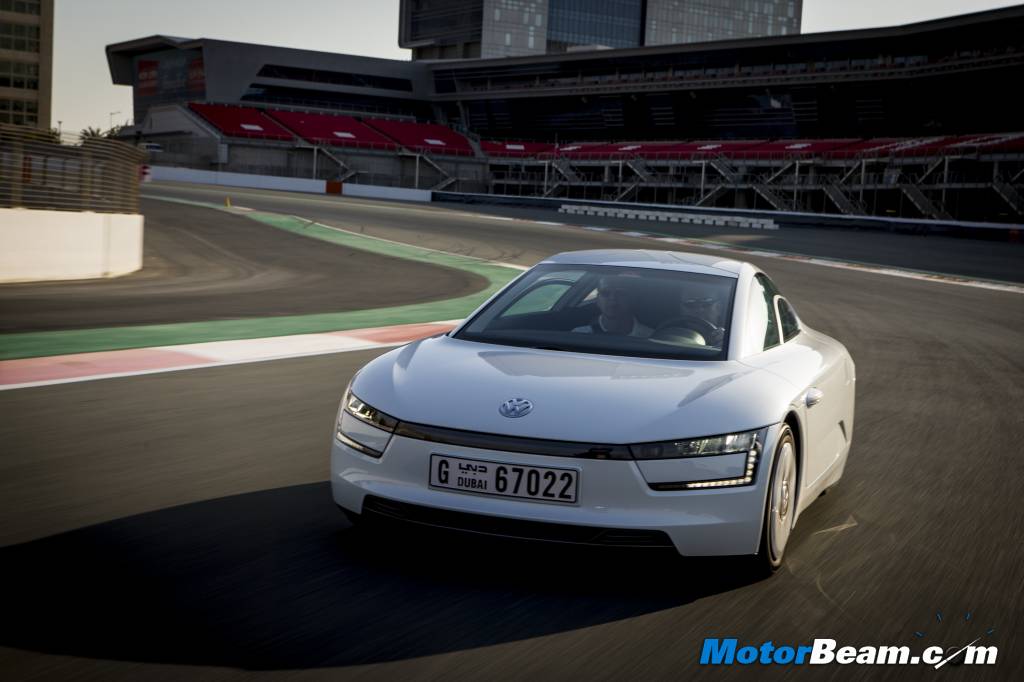
In combined use, the E-motor acts as a torque booster for the TDI engine. As soon as the electric mode button on the instrument panel is pressed, the car is propelled exclusively by electrical power. On its own, there’s enough juice from the batteries to enable it a decent driving range of around 35 kms and when engaging this mode, several things happen. First, the TDI is decoupled from the drivetrain by disengaging a clutch, and it is shut down. Meanwhile, the clutch on the gearbox side remains closed, so the DSG is fully engaged with the electric motor. Regenerative brakes assist the recharging effort. Lift the throttle and the XL1 coasts, but gently depress the brake pedal and the system switches to regenerative mode.
Restarting of the TDI is a very smooth and comfortable process: In what is known as “pulse starting” of the TDI engine while driving, the electric motor’s rotor is sped up and is very quickly coupled to the engine clutch. This accelerates the TDI to the required speed and starts it. The entire process takes place without any jolts, so the driver hardly notices the TDI engine restarting. When the cars engage brakes, the E-motor operates as a battery regenerator. In certain operating conditions the load shared between the TDI engine and the electric motor can be shifted so that the turbodiesel is operating at its most favourable efficiency level.
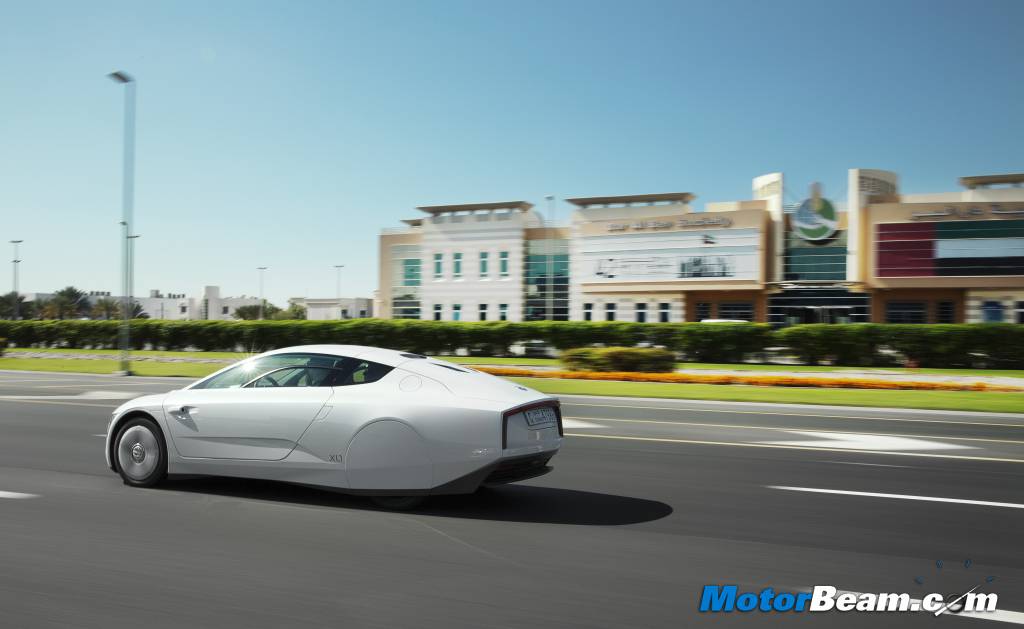
How this car operates on road is quite fascinating. As expected it feels quite a bit different than a modern car. The steering is pure mechanical and you can feel the weight of the car. Steering ratios are calibrated to factor in stability as the car’s wheels are quite narrow and hence turning circle is generous. When driving the car with the diesel engine, the unassisted steering lightens up a bit and the XL1 seems to run more quietly as road noise overtakes the car’s mechanical noises. In full throttle, the acceleration response is modest and we were able to propel the car to 140 km/hr plus on the Dubai Autodrome without toppling it over!
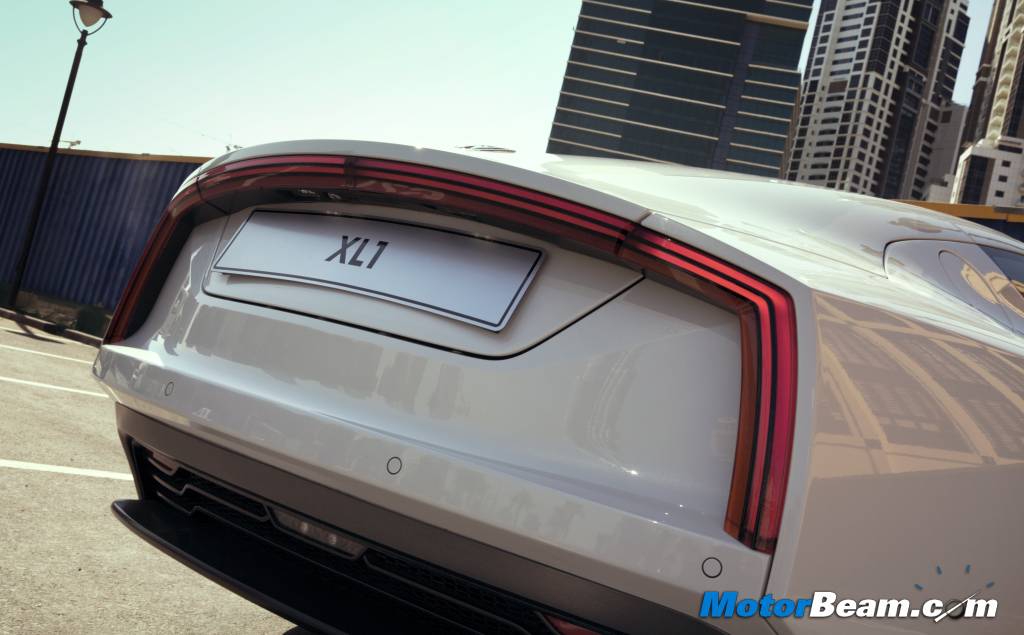
Despite our initial apprehension regarding the road holding, the skinny tyres actually provided a comfortable ride up to city speeds but at speeds over 110 km/hr, the cabin can be a noisy place. For a car with so many systems on board, the information display system is old fashioned and hence keeping up to date with status of operations is cumbersome. It takes some concentration to figure out what’s happening with the flow of power from the engine, motor, and battery details on the dashboard info screen. We would expect a user-friendly digital interface to be incorporated in future productions versions.
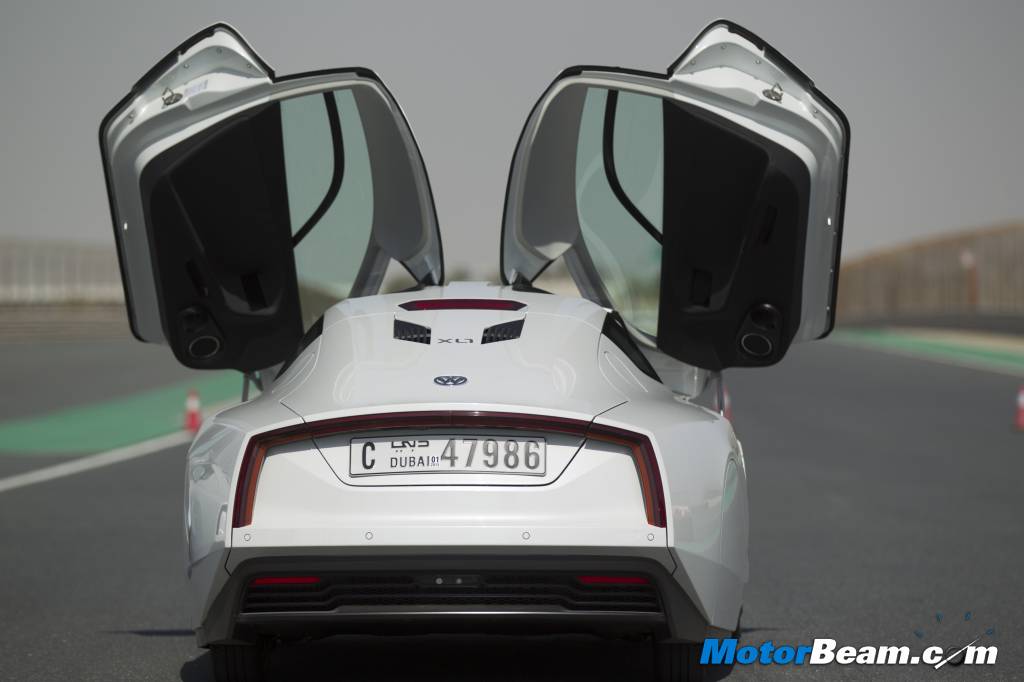
After teasing the world with two prototypes since 2002, Volkswagen now presents a ‘saleable’ XL1 that’s long and wide as a production Polo and carries a height similar to Lamborghini’s Gallardo Spyder with an extremely low drag coefficient and incredible efficiency-oriented technologies underneath. We tried out the car in all the three modes and the way the E-motor and TDI engine interact with each other is remarkable. Overall, it’s a car that can be put to practical use, but since it’s going be available in limited numbers, it will eventually become a collector’s item in the very exclusive segment of our motoring community.
The Volkswagen XL1 has some very interesting technology which works well to give slick performance and unheard of mileage but this car costs a fortune and you can’t buy it, even if you have the dough.
What’s Cool
* Technology
* Efficiency
* Manoeuvrability
What’s Not So Cool
* Price
* Not on sale anymore


